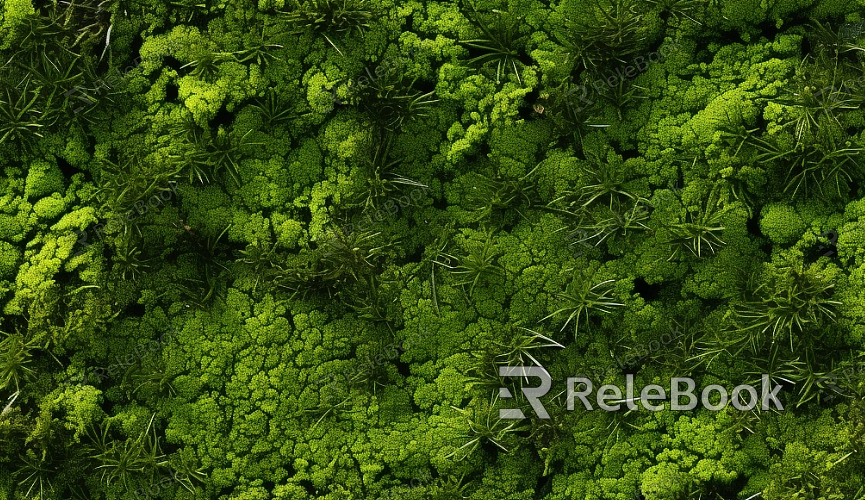How to Clean Up 3D Scan Textures
With the advancement of 3D technology, 3D scanning has become an essential tool in fields like modeling, virtual reality (VR), and game development. However, textures generated from 3D scans often contain noise, imperfections, and excess details, which can impact rendering quality and the final visual experience. In this article, we’ll explore several common techniques for cleaning up 3D scan textures, helping designers optimize their texture quality for more accurate and professional results.

1. Fixing Cracks and Noise in Scan Textures
During the scanning process, textures often exhibit cracks, imperfections, and irregular noise patterns. Specialized repair tools can be used to effectively remove these unwanted details.
Automatic Repair Tools: Many software programs like ZBrush and Mudbox offer smart repair tools that can quickly identify and fill in cracks or gaps in the texture. These tools typically analyze surrounding pixel colors and patterns to automatically patch up missing areas, reducing the need for manual fixes.
Manual Repair: For complex cracks or damage, manual touch-up may be required. Using brush tools within software, designers can manually adjust the texture details, ensuring continuity and a more natural-looking surface.
2. Removing Excess Details
During large-scale 3D scans, unnecessary details—such as background objects or artifacts from the scanning environment—may be captured. Removing these distractions is key to improving texture clarity and focus.
Texture Cropping and Cutting: Cutting tools can be used to trim away background or irrelevant objects captured during the scan, leaving only the main texture region.
Eliminating Redundant Pixels: Reducing the texture resolution and removing unnecessary pixels can help clear out superfluous details. Software like Photoshop and Substance Painter can facilitate these operations easily.
3. Smoothing and Optimizing the Texture Surface
The textures obtained from scans often include irregular surfaces, caused by the limitations of the scanning device or the reflective properties of the surface itself. Surface optimization is necessary to achieve smoother and more natural textures.
Smoothing Filters: Many 3D modeling programs have built-in smoothing filters that can smooth out surface details, reducing sharp edges and flaws left by the scan.
Detail Enhancement: After smoothing, using detail enhancement tools can add depth and realism to the texture, helping preserve the complexity of the surface while avoiding an overly smooth or distorted appearance.

4. Adjusting Texture Color and Contrast
The colors in 3D scan textures may not always perfectly match the real-world object’s color. Post-processing adjustments to the texture's color and contrast can enhance its realism and visual impact.
Color Correction: Using image editing software, designers can perform color correction to adjust the texture’s hue, saturation, brightness, and contrast, ensuring it aligns with the intended environment or 3D model.
UV Mapping Optimization: In some cases, the UV mapping of the scanned texture may not be perfect, causing the texture to misalign with the 3D model. By adjusting the UV layout and correcting texture stretching, designers can ensure the texture fits the model’s surface seamlessly.
5. Exposure and Reflection Adjustments
Reflections or lighting changes on the object’s surface during the scan may result in overexposed or underexposed textures, which can affect the final look. Accurate exposure adjustments help restore realistic lighting effects.
Exposure Compensation: Adjusting exposure helps recover details in the texture’s highlights and shadow areas, preventing overexposure or underexposure.
Reflection Fixes: For highly reflective objects, scans may capture overly intense reflections, making the texture appear unnatural. Removing unwanted reflective areas can create a more balanced texture.
6. Using Specialized Plugins and Tools
Many 3D modeling software programs offer specialized plugins that help designers efficiently clean and optimize 3D scan textures.
Substance Designer and Painter: These tools allow designers to dive deep into texture editing, offering precise control over texture details and enhancing the texture’s realism.
Blender’s Texture Repair Plugins: Blender provides texture repair tools and plugins, such as the "CleanUp" plugin, which can help users quickly remove imperfections and improve the overall texture quality.
Cleaning up 3D scan textures is a critical step in improving the overall quality and rendering of 3D models. By using repair tools, cropping out redundant details, optimizing surface features, and adjusting color and exposure, designers can bring scanned textures to their best possible state. Additionally, specialized software and plugins can significantly enhance the efficiency and precision of this process. We hope this guide has provided useful tips and techniques for cleaning up your 3D scan textures.
If you're looking for high-quality 3D texture resources, SketchUp models, or 3ds Max models to help create realistic models and virtual scenes, Relebook offers a wide selection to elevate your projects and achieve exceptional visual results.

